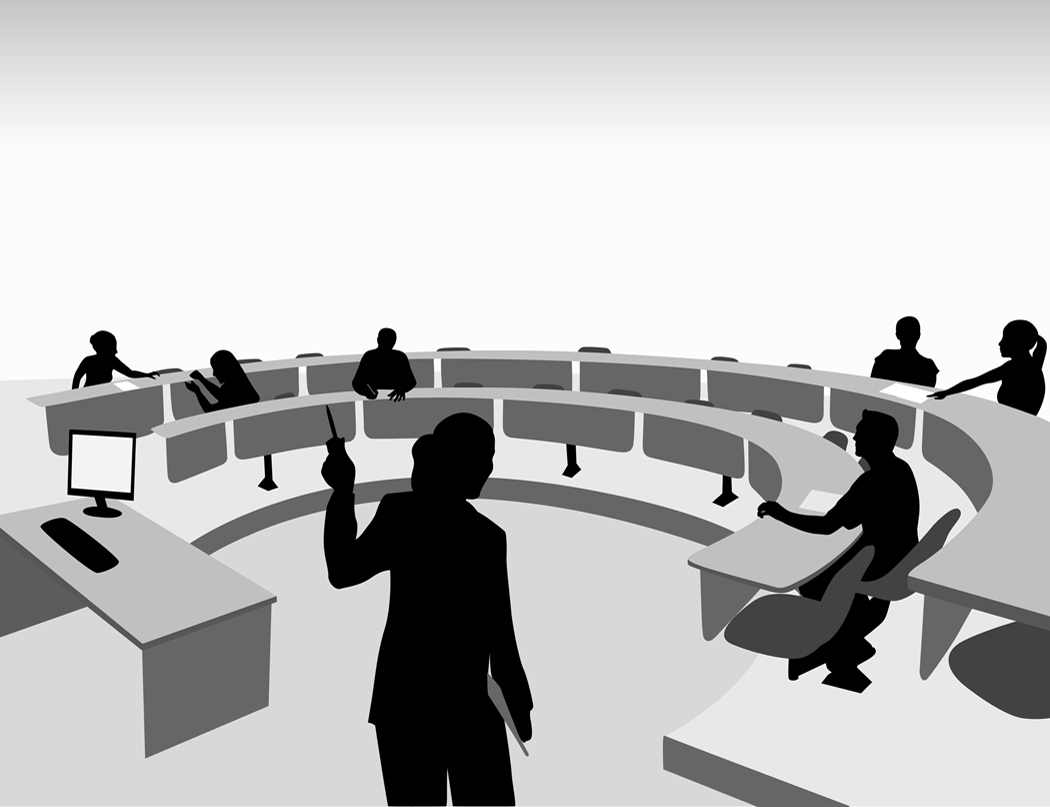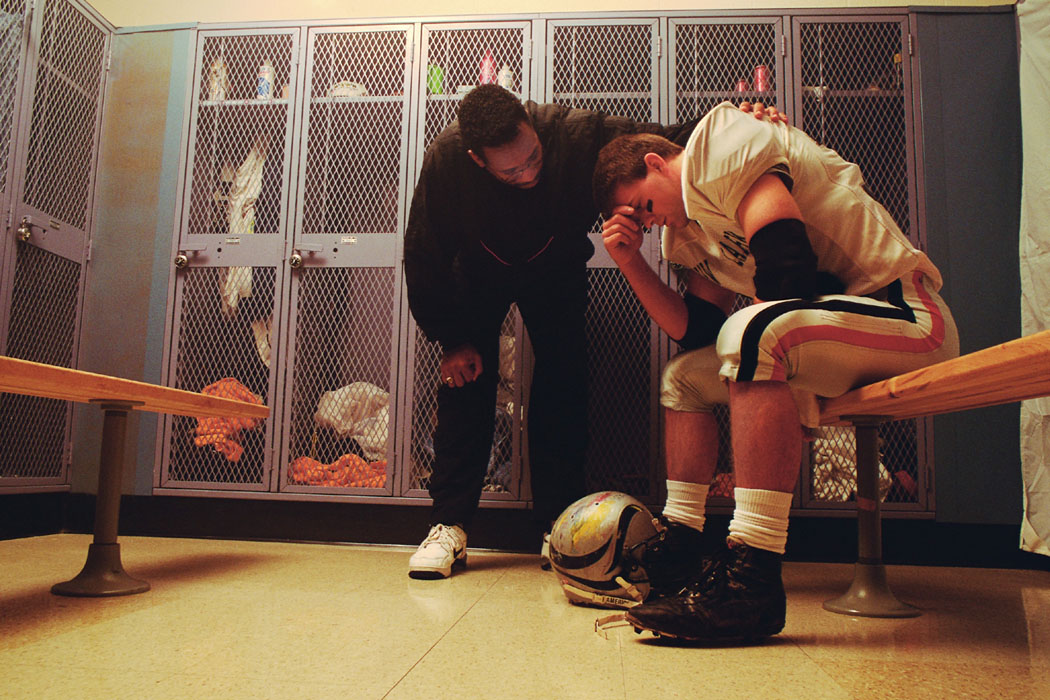Summary
Follow these 5 rules for creating an environment that fosters creativity and innovation. None of them involve bean bag chairs or tinker toys.
The Creative Environment
 Put
the toys away and start to play
Put
the toys away and start to play
In the quest to become more innovative, companies try to create an environment conducive to creativity. Usually, this effort consists of replacing the furniture in a couple of conference rooms with bean bag chairs and buying some boxes of tinker toys. When I see this obligatory conference room decked out in primary colors, toys, and motivational posters, I immediately think, "This company wants to be creative, but probably has no idea how to be." I'm not saying don't buy the bean bag chairs. Often the first step to being something is to want to be something, but to really be creative is a way of life that requires more than funky furniture and brainstorming sessions.
Fortunately, in my life I have had the opportunity to work in very creative environments. My alma mater, MIT, has always been a hot bed of innovation and creativity, and my first job out of college was in a think tank, also full of very creative people. Oddly enough, nary a bean bag chair nor tinker toy was to be found at either place. In fact, I have to say the architecture at MIT is rather oppressive, and the labs I worked in afterwards were dark and sparse. How did we manage to be creative without the bright colors and toys? Because those are just superficial trappings. Real creativity has a whole different set of requirements. Here are my rules for creating a creative environment.
Rule 1: Encourage goofing off
I read somewhere once that necessity is the mother of good inventions, but accidents are the mother of great inventions. Off the top my head, here are some of things invented by accident - x-rays, microwaves, teflon, post-its, TNT, and penicillin. There is nothing more creative than a bunch of smart people in a lab filled with equipment with nothing to do. That's when the real experimenting begins. I ended up writing my masters thesis based on work that started when my manager and I eyed a piece of equipment used for making semiconductors and thought "What would happen if we used that on ceramics?" I remember very well the day the guys in the lab next door asked themselves if it were possible to make explosives out of the materials they had available. (The answer was a resounding yes.)
The whole concept of experimentation is about learning and discovering by trying out new things, kind of like playing. Yet, misguided attempts to make R&D more productive focus on experiments with a pre-planned objective and insisting that all research should have a purpose, meet certain criteria, and be part of overall performance goals. How can you accidently discover something groundbreaking if everything you do has a strategic intent?
Rule 2: Hire and develop curiosity, not expertise
Of course, there is a big difference between goofing off by playing with lab equipment and goofing off by watching YouTube. You want people who are curious about the world and constantly wonder "what happens when." Lets describe curious people. They typically have diverse interests, tend to pursue topics outside of their work domain, work in a variety of functions, and know lots about lots of different things. Why? Because they are curious. They want to know why and how stuff works. Now let's describe experts. By definition they have a lot of knowledge or skills in one particular area and are specialists. What do most companies look for when they hire? They want specialists. Do you really want a company full of people who have a narrow field of knowledge and only want to have a narrow field of knowledge?
There are a number of innovation consulting companies whose services include doing database searches of existing inventions in order to solve problems in industries where those inventions or techniques are not in use. Cross-pollination via cross-functional teams is often named as a key factor in creating innovative organizations. Your organization should have more people with a broad base of experience and education to draw from than it has specialists. Experts are few for a reason.
Rule 3: Garbage in, garbage out
Here the powerful computer of which I am speaking is the human brain. Einstein once said, "We cannot solve our problems with the same thinking we used when we created them." Yet, organizations typically ask the usual suspects to put their heads together to come up with some great new ideas. I won't belabor this point because I discuss this in detail in my article on ideation. In short, the only way to change what comes out of your head is to change what goes into your head. The more stuff that goes into your head, the more stuff that comes out. Great writers tend to be great readers. Great film directors watch lots of movies. If you don't know much, you can't create much. If you only know marketing, everything looks like marketing. Creating an environment where external training classes, conferences, and other intellectual pursuits are expected of employees goes along way to changing what goes into people's heads and to changing what comes out.
Rule 4: Thinking and creating are not logical
Personally, I don't think I've ever solved a problem by sitting and thinking about it or by writing a list of pros and cons, etc. Instead, I'm usually doing something else, hiking in the woods is typical for me, when a sudden crushing insight floods me, and I can see the solution quite clearly. Other times, the answer will come to me when I am about to fall asleep or in a dream. August Kekule, the German chemist who discovered the ring-shaped structure of benzene, claimed the discovery came to him when he dreamed about a snake biting its own tail. I think our subconscious minds are better creative problem-solvers than our logical minds, but we rarely allow our subconscious any say. Instead we focus on being logical and thinking through the problem in a step-by-step linear fashion that is suspect to all kinds of fallacious thinking and cognitive biases.
Being creative and innovative requires downtime. If a company is only focused on achieving tasks and approaches innovation as an action item or 7-step process, it is likely that subconscious mind, the one does that best thinking, will never get a chance to work. My approach to creativity is to let it stew and to sleep on it. Allow people the chance live with the problem for a while rather than trying to solve it at one go. The quality and creativity of the solutions will definitely improve after simmering for a while.
Rule 5: Promote health and well-being
Studies have shown that brains do not operate well under stress and require both exercise and sleep to work effectively. (See the 12 brain rules for more on this.) Yet, many companies stress their employees in the name of productivity. The paradox is that the more stressed you are, the less productive you are. The only way to be truly innovative and creative is to put an end to long work days and work weeks. Health, sleep, and exercise are not optional, but are vital, to the performance of employees. Without proper brain functioning, you can never expect employees to be creative.
I know that I need sleep in order to write well and think and just generally function effectively. When I travelled internationally, I was constantly living in different time zones and spent about three years being sleep deprived. During those years, I found myself unable to work on my book, focus on complicated tasks, or even read technical information. After I left that job, I spent a few months catching up on my sleep and all those capabilities returned. If you think you have lost the ability to focus, it is probably not aging, but lack a of sleep.
In summary, to create an environment that fosters creativity, you need to give smart, curious, well-rounded people plenty of opportunities to play, experiment, learn, interact, and take care of their personal lives without stress. Does this sound like the modern workplace?
![]() Previous
article in this series
Previous
article in this series






 My
new book,
My
new book,






 If
you have some ideas for articles, please drop me a note
or leave a
If
you have some ideas for articles, please drop me a note
or leave a 
